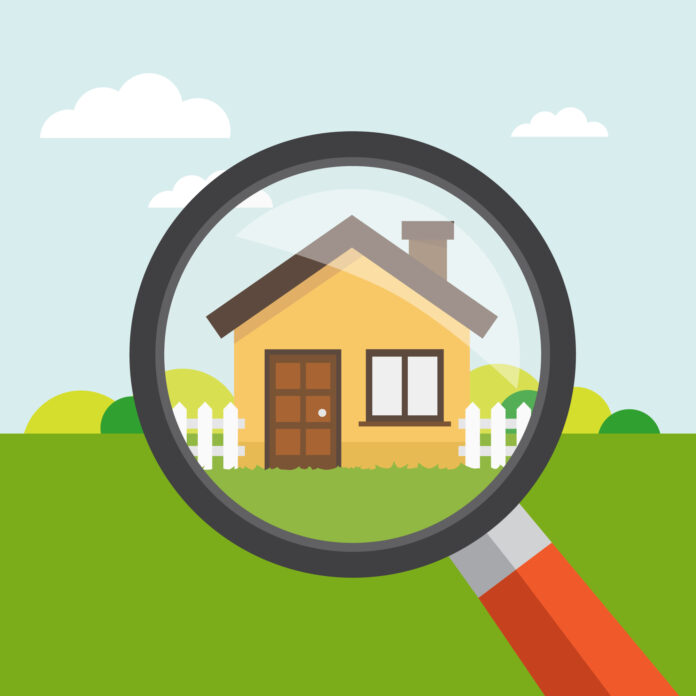Mold growth in homes is often linked to moisture issues. Understanding the sources of moisture is crucial for preventing and addressing mold problems. In Jacksonville, FL, where humidity levels can be high, moisture intrusion through leaks, condensation, or inadequate ventilation can create an ideal environment for mold growth. Conducting a mold inspection Jacksonville FL, can help identify areas prone to moisture buildup and potential mold growth, allowing homeowners to take proactive measures.
Moisture is the primary factor that fosters the growth of household mold. When excess moisture accumulates in indoor spaces, it creates an ideal environment for mold spores to thrive and multiply. This moisture can originate from various sources, including leaks, condensation, high humidity levels, and water damage.
Moisture Buildup: Creating the Perfect Environment for Mold
Excess moisture in the air or on surfaces provides the perfect breeding ground for mold spores to thrive. Common sources of moisture buildup include leaks from plumbing fixtures, roof leaks, or even moisture seepage from the ground into basements or crawl spaces. Areas with poor air circulation or where water tends to accumulate, such as bathrooms, kitchens, and basements, are particularly susceptible to mold growth due to moisture buildup.
Hidden Leaks: Unseen Culprits of Mold Growth
Hidden leaks behind walls, under floors, or within ceiling cavities can go unnoticed for extended periods, leading to significant moisture accumulation and mold growth. Even minor leaks from pipes, roofs, or windows can result in dampness that promotes mold colonization. Regular inspection of plumbing systems and building envelopes is essential for detecting and repairing hidden leaks before they cause mold problems.
Leaks from plumbing fixtures, roofs, or windows introduce moisture into the home, providing the necessary conditions for mold growth. Hidden leaks, such as those behind walls or under floors, can go unnoticed for extended periods, exacerbating moisture issues and promoting mold colonization.
Poor Ventilation: Trapping Moisture Indoors
Inadequate ventilation can exacerbate moisture problems indoors, leading to mold growth. Areas with poor ventilation, such as bathrooms, kitchens, and laundry rooms, are prone to moisture buildup due to activities like cooking, showering, and drying clothes. Without proper airflow to remove excess moisture, condensation can occur on surfaces, providing the moisture needed for mold to proliferate.
High Humidity: Fueling Mold Infestations
High humidity levels, especially in humid climates like Jacksonville, FL, can contribute to mold infestations in homes. Warm, humid conditions create an ideal environment for mold spores to germinate and spread. During hot and humid weather, it’s essential to maintain indoor humidity levels below 60% to prevent mold growth. Dehumidifiers can help regulate indoor humidity levels and mitigate the risk of mold infestations.
High humidity levels, especially in humid climates, contribute to mold infestations by creating a favorable environment for mold spores to germinate and spread. Additionally, water damage resulting from floods, leaks, or plumbing failures poses an immediate risk of mold formation if not addressed promptly.
Water Damage: Immediate Risks of Mold Formation
Water damage, whether from floods, leaks, or plumbing failures, poses an immediate risk of mold formation if not addressed promptly and effectively. Moisture from water damage can saturate building materials like drywall, insulation, and carpeting, providing an optimal environment for mold to flourish. Swift action to dry and remediate water-damaged areas is essential for preventing mold growth and minimizing property damage.
Condensation Concerns: Moisture on Surfaces
Condensation occurs when warm, moist air comes into contact with cooler surfaces, leading to the formation of water droplets. Condensation commonly occurs on windows, walls, and mirrors, especially in areas with poor ventilation or during temperature fluctuations. Persistent condensation can result in moisture accumulation on surfaces, fostering mold growth if not addressed promptly.
Improper Drainage: Inviting Mold into Your Home
Poor drainage around the exterior of the home can contribute to moisture infiltration into basements, crawl spaces, and foundations, leading to mold problems indoors. Clogged gutters, improper grading, and inadequate waterproofing can allow water to pool around the foundation, increasing the risk of moisture intrusion and mold growth. Proper maintenance of drainage systems and landscaping can help prevent water from seeping into the home and causing mold-related issues.
Overall, controlling moisture levels in the home is essential for preventing household mold. Regular maintenance, prompt repairs of leaks, proper ventilation, and humidity control measures can help mitigate moisture-related issues and safeguard against mold growth.
Conclusion
Moisture is a primary catalyst for household mold growth, and understanding its sources is crucial for preventing mold infestations. From hidden leaks to high humidity levels, various factors can contribute to moisture buildup indoors. By addressing moisture issues promptly, improving ventilation, maintaining proper drainage, and conducting regular mold inspections, homeowners can protect their homes from mold-related problems and maintain a healthy indoor environment.



